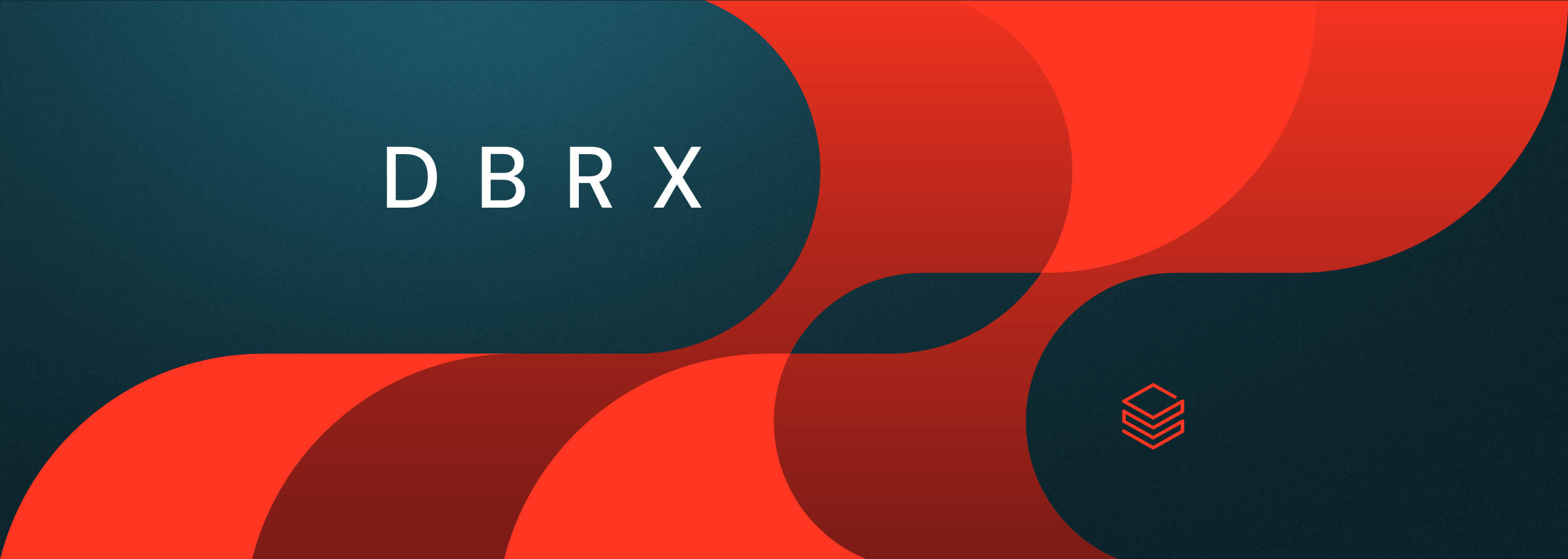Notebooks
Use AG2 in Databricks with DBRX
Use Databricks DBRX and Foundation Model APIs to build AG2 applications backed by open-source LLMs.

 In March 2024, Databricks released
DBRX,
a general-purpose LLM that sets a new standard for open LLMs. While
available as an open-source model on Hugging Face
(databricks/dbrx-instruct
and databricks/dbrx-base
), customers of Databricks can also tap into the Foundation Model
APIs,
which make DBRX available through an OpenAI-compatible, autoscaling REST
API.
Autogen
is becoming a popular standard for agent creation. Built to support any
“LLM as a service” that implements the OpenAI SDK, it can easily be
extended to integrate with powerful open source models.
This notebook will demonstrate a few basic examples of Autogen with
DBRX, including the use of
In March 2024, Databricks released
DBRX,
a general-purpose LLM that sets a new standard for open LLMs. While
available as an open-source model on Hugging Face
(databricks/dbrx-instruct
and databricks/dbrx-base
), customers of Databricks can also tap into the Foundation Model
APIs,
which make DBRX available through an OpenAI-compatible, autoscaling REST
API.
Autogen
is becoming a popular standard for agent creation. Built to support any
“LLM as a service” that implements the OpenAI SDK, it can easily be
extended to integrate with powerful open source models.
This notebook will demonstrate a few basic examples of Autogen with
DBRX, including the use of AssistantAgent, UserProxyAgent, and
ConversableAgent. These demos are not intended to be exhaustive - feel
free to use them as a base to build upon!
Requirements
AG2 must be installed on your Databricks cluster, and requiresPython>=3.9. This example includes the %pip magic command to
install: %pip install ag2, as well as other necessary libraries.
This code has been tested on: * Serverless
Notebooks
(in public preview as of Apr 18, 2024) * Databricks Runtime 14.3 LTS ML
docs
This code can run in any Databricks workspace in a region where DBRX is
available via pay-per-token APIs (or provisioned throughput). To check
if your region is supported, see Foundation Model Region
Availability.
If the above is true, the workspace must also be enabled by an admin for
Foundation Model APIs
docs.
Tips
- This notebook can be imported from github to a Databricks workspace and run directly. Use sparse checkout mode with git to import only this notebook or the examples directory.
- Databricks recommends using Secrets instead of storing tokens in plain text.
Contributor
tj@databricks.com (Github: tj-cycyota)Setup DBRX config list
See Autogen docs for more information on the use ofconfig_list: LLM
Configuration
Hello World Example
Our first example will be with a simpleUserProxyAgent asking a
question to an AssistantAgent. This is based on the tutorial demo
here.
After sending the question and seeing a response, you can type exit to
end the chat or continue to converse.
Simple Coding Agent
In this example, we will implement a “coding agent” that can execute code. You will see how this code is run alongside your notebook in your current workspace, taking advantage of the performance benefits of Databricks clusters. This is based off the demo here. First, set up a directory:UserProxyAgent will take advantage of our code_executor; after the
code is shown on screen, type Return/Enter in the chatbox to have it
execute locally on your cluster via the bot’s auto-reply.
Note: with generative AI coding assistants, you should always
manually read and review the code before executing it yourself, as LLM
results are non-deterministic and may lead to unintended consequences.
Conversable Bots
We can also implement the two-agent chat pattern using DBRX to “talk to itself” in a teacher/student exchange:Implement Logging Display
It can be useful to display chat logs to the notebook for debugging, and then persist those logs to a Delta table. The following section demonstrates how to extend the default AG2 logging libraries. First, we will implement a Pythonclass that extends the capabilities
of autogen.runtime_logging
docs:
.start() and .stop(), as well as try/except for error
handling.
request field above, we can also see the
system prompt for the LLM - this can be useful for prompt engineering as
well as debugging.
Note that when you deploy this to Databricks Model Serving, model
responses are auto-logged using Lakehouse
Monitoring;
but the above approach provides a simple mechanism to log chats from the
client side.
Let’s now persist these results to a Delta table in Unity
Catalog:
Closing Thoughts
This notebook provides a few basic examples of using Autogen with DBRX, and we’re excited to see how you can use this framework alongside leading open-source LLMs!Limitations
- Databricks Foundation Model API supports other open-source LLMs (Mixtral, Llama2, etc.), but the above code has not been tested on those.
- As of April 2024, DBRX does not yet support tool/function calling abilities. To discuss this capability further, please reach out to your Databricks representative.

